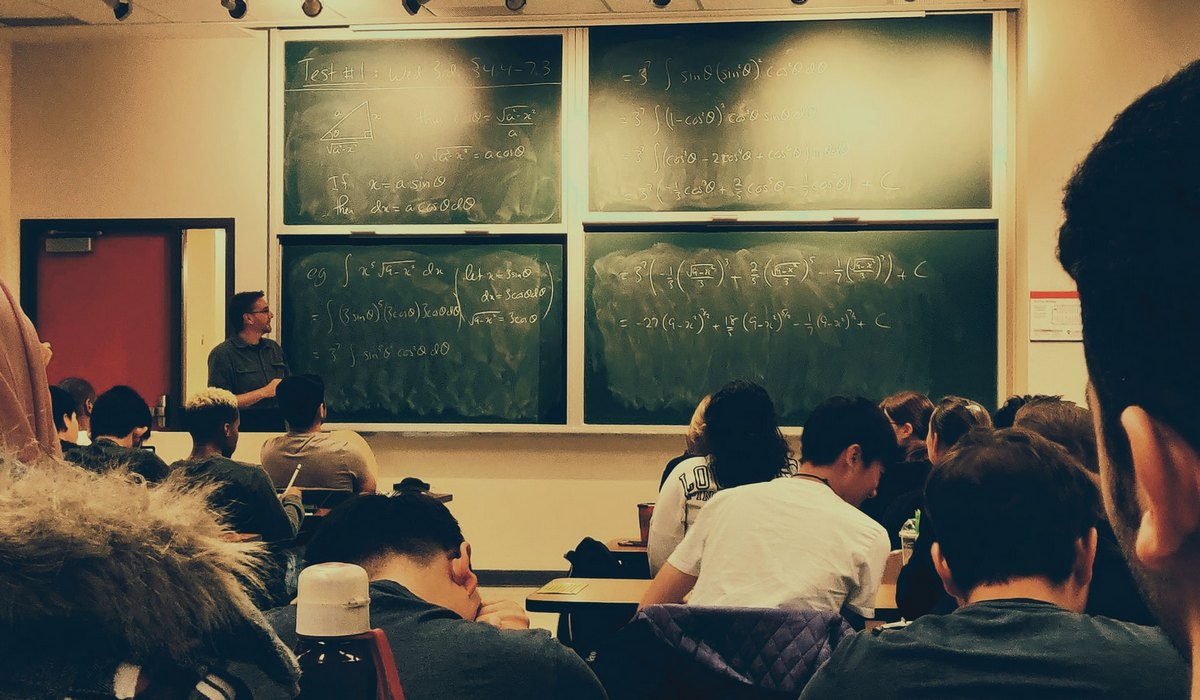One of the oldest examples of engineering is a tree. No, not growing in the woods, but a tree thrown across a stream to cross it more conveniently, quickly and dryly. These were the first bridges. Later they became more complex, people began to use stone and then metal. Cities grew, trade developed, and rivers, lakes, gorges, and hollows no longer made it difficult for people to move. Advances in technology, particularly transportation, enabled and even required bridges to be built larger, taller, and naturally longer. Despite the fact that cars in modern cities sometimes outnumber people (at least it often seems that way, especially when standing in traffic), pedestrian bridges still have not lost their relevance. The construction of a bridge requires accurate calculations, which will take into account all possible factors that, to varying degrees, may affect its stability and integrity. But even people walking on the bridge can cause it to sway. Scientists from the University of Georgia (USA) analyzed the Millennium Bridge in London and found that its instability has nothing to do with the synchronization of pedestrians, as previously thought. What kind of synchronization are we talking about, and what are the actual causes of wobbly pedestrian bridges? We’ll find the answers to these questions in the scientists’ report. Let’s go. Let’s go.
The basis of the study
The Millennium Bridge, which crosses the Thames, is one of the most famous pedestrian bridges in the world and a very popular landmark in London. It was opened, as the name suggests, in 2000 at the turn of the millennium. Its dimensions are not the most impressive: 4 meters wide and 370 long.
Millennium Bridge
The opening of the bridge was both a joyous and a sad day for its planners. First, Queen Elizabeth II herself attended the ceremony. Second, there were many people who wanted to walk on the new bridge – on the first day 100,000 people walked across it. This popularity also revealed the defect of the bridge – it was shaky, as it was subsequently nicknamed by Londoners. In trying to understand the cause of the defect, engineers concluded that it lay in resonance. Attempts to limit the number of pedestrians on the bridge at the same time led to crowded queues. So it was decided to add dampers, which solved the problem, and the bridge was reopened in 2002.
Nevertheless, scientists had questions about the cause of the swaying of the bridge and doubted that it was due to resonance.
To begin with, the topic of synchronization and resonance is worth touching on. Scientists explain that the synchronization of coupled almost identical oscillators leads to order in both natural and artificially created complex systems. One of the best explanations for these phenomena is considered the Kuramoto model, an example of which is often the instability of the Millennium Bridge on the day it was first discovered.
Japanese physicist Yoshiki Kuramoto proposed a mathematical model capable of describing synchronization. The essence of the model is that each of the coupled oscillators has its own frequency (ωi), and that each is coupled to all others equally.
However, many scientists back in the 2000s questioned whether the Kuramoto model could fully explain the cause of the Millennium Bridge’s wobbling.
In the paper we are considering today, scientists offer a different approach, the main essence of which is that any synchronization of pedestrian foot placement is a consequence, not the cause, of the instability of the bridge.
Interestingly enough, four days after the Millennium Bridge opened, Nobel laureate in physics Brian David Josephson said the following:
The Millennium Bridge problem has little to do with crowds walking in steps: it has to do with what people do when trying to keep their balance if the surface they are walking on begins to move, and is analogous to what might happen if several people get up in a small boat at the same time. In both cases, it is possible that the movements that people make in trying to keep their balance will cause any sway already present to increase, so that the sway continues to worsen.
The gist of this statement is that in order to maintain balance, each pedestrian must strive to lose angular momentum in their frontal plane. In addition, there is evidence that the forces on the left and right do not necessarily average out. Thus, transverse vibration energy is transferred from the pedestrian to the bridge. In fact, each pedestrian applies negative damping to the bridge.

